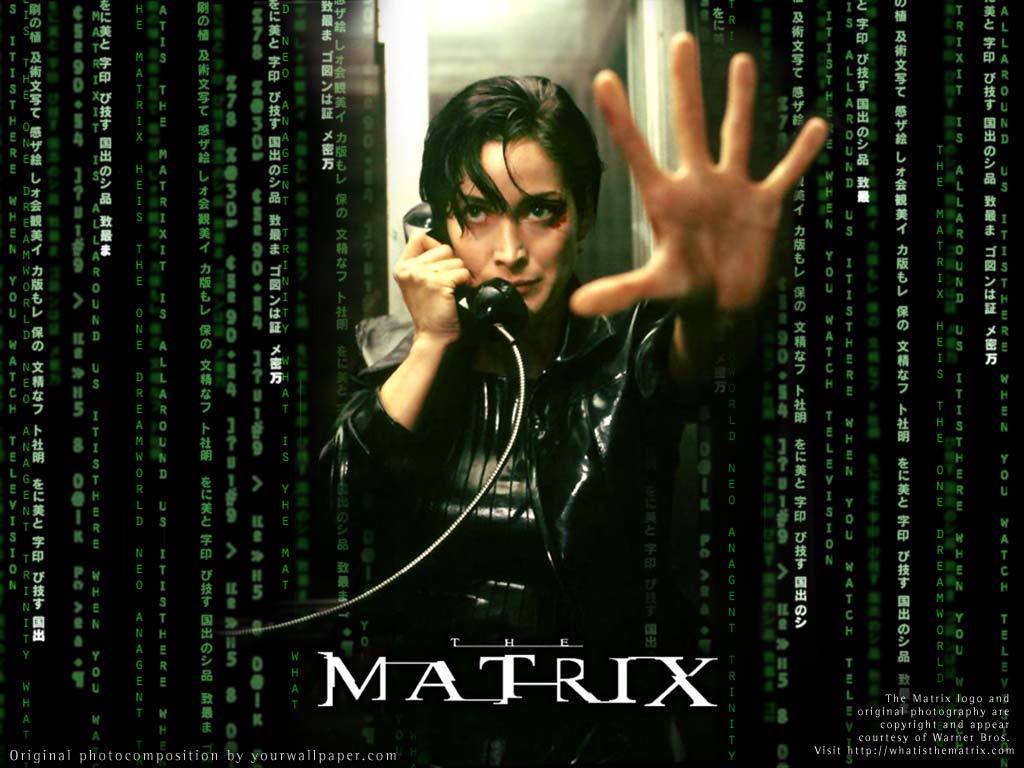 Transmedia Storytelling
Transmedia Storytelling(Also known as Multiplatform, or crossmedia storytelling) is where multiple ‘entrypoints’ are created for the audience to be immersed in a story world. Different types of media add to the storyline of a franchise.
It helps create a larger audience base, which is economically incentive to the conglomerates.
It helps the growth of lesser media forms, and the demand for content in them
It encourages audiences to involve themselves within a new or already existing fan base, promoting consumers to help build the storyline themselves. ’The Matrix –Requiem’
The Matrix - Information is conveyed through the well know films, The Matrix, The Matrix Reloaded and The Matrix Revolution. Audiences get a general explanation of the story by watching these films. However if audiences want more insight into the Matrix universe, there is the series of animated shorts, collections of comic book stories and video games like ‘Enter the Matrix’ and ‘The Matrix Online’
CGI

Computer Generated Imagery is the use of 3D computer graphics in films, television, etc. It is easily controllable compared to the physical based processes in making films, like miniatures. Cutting down on time and costs of production. Computer images can be easily modified and manipulated after produced if needs change.
Industrial Light & Magic (ILM) is a motion picture visual effects company that was founded in May 1975 and established their use of Computer-generated imagery in 1979w
1996: First completely computer-generated main character, Draco in Dragonheart
1999: Second completely computer-generated main character, Jar Jar Binks in Star Wars Episode I: The Phantom Menace
2002: First feature film completely shot and exhibited in digital HD video in Star Wars Episode II: Attack of the Clones
2009: Most complex visual graphics work done in entire ILM history on Transformers: Revenge of the Fallen's character "Devastator".
Star Wars - Revenge of the Sith (2005) features around 2400 CGI shots created in three years (by stark contrast, the groundbreaking blockbuster Jurassic Park has only 52 CGI shots).
Star Trek (2009) - was the first film ILM worked on using entirely digital ships. And the Delta Vega sequence required the mixing of digital snow with real snow.
3D Cinema
- Makes more money
- No way to Pirate
- Visceral films will be better
Anaglyph 3D (Red/Cyan Pictures)
Anaglyph images are the most common presentation of 3-D in the past and the one most commonly associated with public viewing. They are largely popular because of the ease of their production.
In an anaglyph, the two images are either superimposed in an additive light setting through two filters, one red and one cyan. In a subtractive light setting, the two images are printed in the same complementary colors on white paper. Glasses with colored filters in either eye separate the appropriate images by canceling the filter color out and rendering the complementary color black.
The House Of Wax 3D 1953
Polarization filters (RealD and IMAX)
In using circular polarization, two images are projected superimposed onto the same screen through circular polarizing filters of opposite handedness. The viewer wears low-cost eyeglasses which contain a pair of analyzing filters (circular polarizers mounted in reverse). Light that is left-circularly polarized is extinguished by the right-handed analyzer; while right-circularly polarized light is extinguished by the left-handed analyzer. The result is similar to that of stereoscopic viewing using linearly polarized glasses; except the viewer can tilt his head and still maintain left/right separation.
Case Study: Fan Films
Fan Films are a great example of how the Internet has changed the film industry. Fans communicate with each other to participate. Creating new products in a well know franchise. It is done without charge or at a minimum, as there is no profit involved. Most productions will include a lot of CGI rather than shots that a filmed on camera to cut the costs. And the shots that are done on camera with actors are very low tech and is apparent in the final product
The Hunt For Gollum
The script is adapted from elements of the appendices of The Lord of the Rings. The story follows the Heir of Isildur; the "greatest huntsman and traveller in Middle Earth" as he sets out to find the creature Gollum. The creature must be found to discover the truth about the Ring, and to protect the future Ringbearer. The Hunt For Gollum is an unofficial non-profit film. No money is being made, and no one was paid to make it. It is not sponsored or approved by Tolkien Enterprises, the Tolkien Estate, Peter Jackson, New Line Cinema or any affiliates.
http://www.thehuntforgollum.com/
Star Trek: Intrepid
A fan film produced in Scotland and currently the only Star Trek fan production in the U. K. Star Trek: Intrepid was filmed entirely in Scotland and was released on May 26, 2007. GMTV presenter Lorraine Kelly has a brief appearance in Intrepid and the production has received extensive coverage in both national and international media, such as CNN, BBC Radio Scotland, The Guardian,and The Scotsman.
http://www.starshipintrepid.net/
The Matrix – Requiem
Star Wars Revelations


0 comments:
Post a Comment